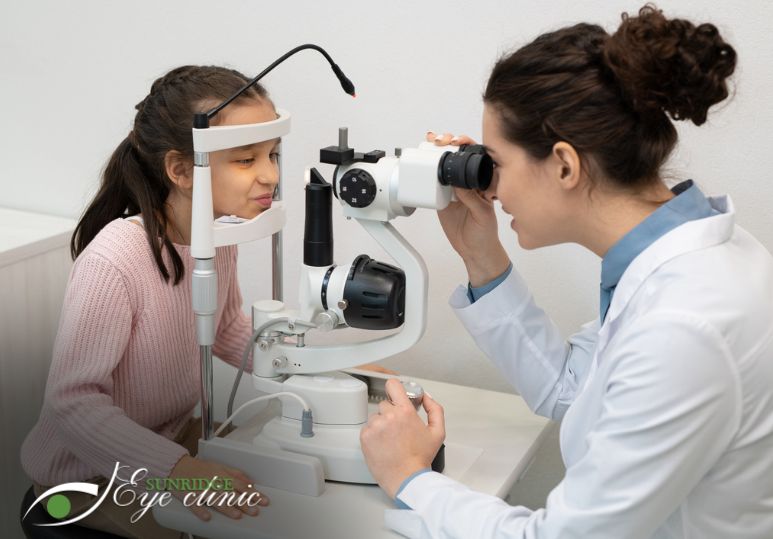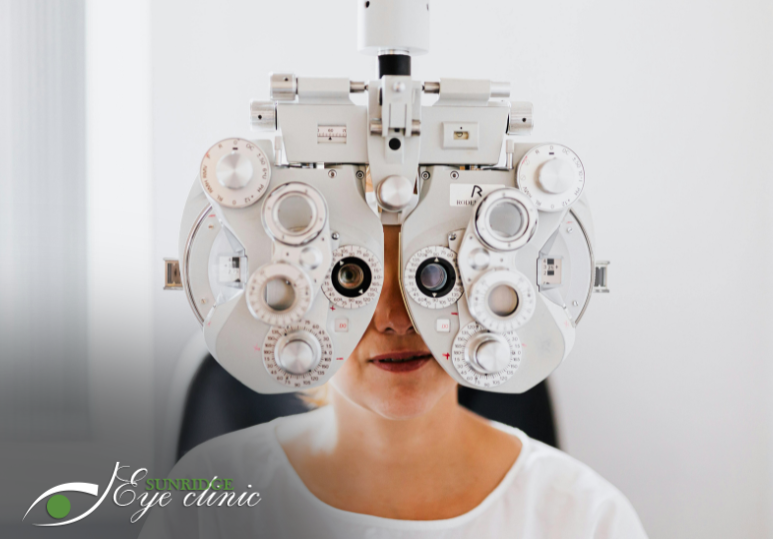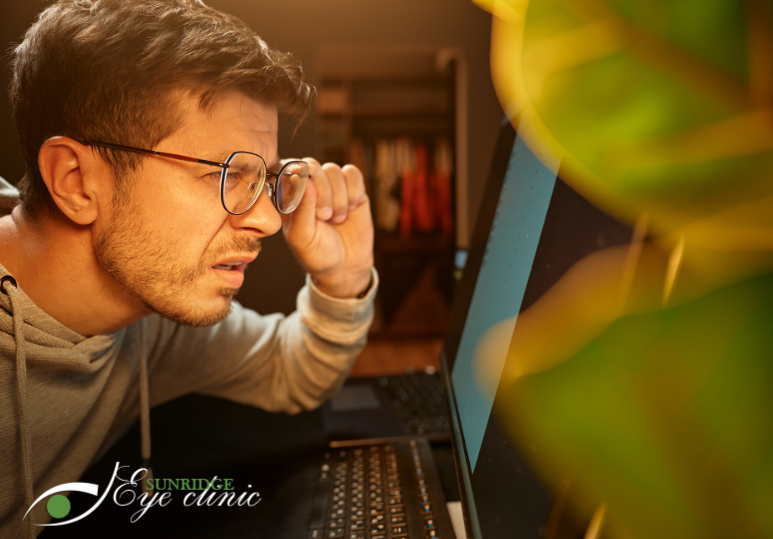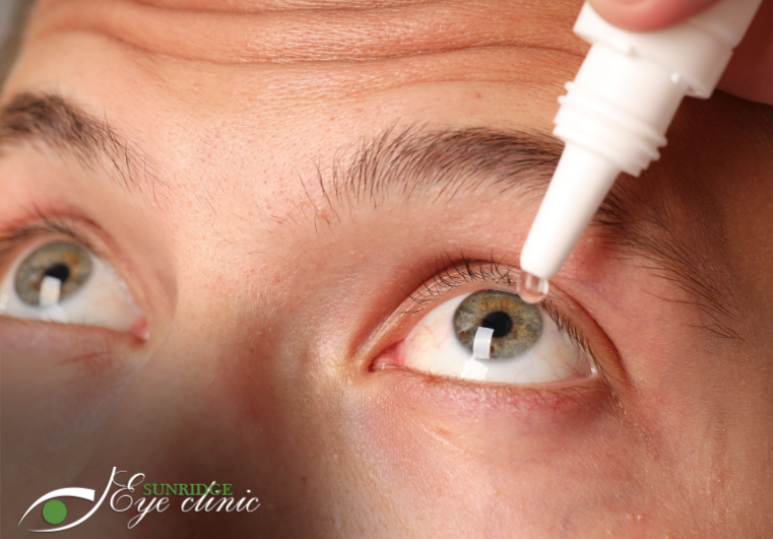Children rely heavily on their vision to explore the world around them. From reading books and playing sports to interacting with friends and teachers, good vision is essential for their overall growth and success. Unfortunately, many vision problems in children can go unnoticed without proper screening. At Sunridge Eye Clinic, we emphasize the importance of regular eye exams to identify and treat these issues early. Let's delve into some common vision problems that can affect children and how our clinic can help.
1. Myopia (Nearsightedness)
Myopia, or nearsightedness, is a prevalent vision problem among children. It causes distant objects to appear blurry while close objects remain clear. This condition can significantly impact a child's ability to see the board in the classroom, play sports, or even recognize faces from a distance.
At Sunridge Eye Clinic, our comprehensive eye exams can detect myopia early on. We offer various treatment options, including prescription glasses, contact lenses, and myopia control therapies. By addressing myopia promptly, we can help your child achieve better visual acuity and prevent the condition from worsening over time.
2. Hyperopia (Farsightedness)
Hyperopia, or farsightedness, is another common vision problem where close objects appear blurry while distant objects are seen more clearly. This condition can make activities such as reading or drawing challenging for children, potentially leading to headaches and eye strain.
Our experienced optometrists at Sunridge Eye Clinic are skilled in diagnosing hyperopia through detailed eye exams. We provide tailored solutions, such as corrective lenses, to ensure your child can comfortably engage in both near and far activities. Early detection and treatment of hyperopia can enhance your child's learning experience and overall quality of life.
3. Astigmatism
Astigmatism occurs when the cornea or lens of the eye has an irregular shape, causing blurred or distorted vision at all distances. Children with astigmatism may struggle with reading, writing, and other visual tasks, which can affect their academic performance and confidence.
During your child's eye exam at Sunridge Eye Clinic, our optometrists will check for signs of astigmatism and provide appropriate corrective measures. With the right prescription glasses or contact lenses, we can help your child achieve clear and comfortable vision, enabling them to perform better in school and daily activities.
4. Strabismus (Crossed Eyes)
Strabismus, commonly known as crossed eyes, is a condition where the eyes do not align properly, leading to double vision or difficulty focusing on a single point. This condition can affect a child's depth perception and coordination, making activities such as playing sports or riding a bike challenging.
At Sunridge Eye Clinic, we conduct thorough eye exams to diagnose strabismus and recommend suitable treatments, including glasses, eye exercises, or in some cases, surgery. Early intervention is crucial in managing strabismus, as it can prevent further complications and improve your child's visual development.
Regular eye exams are essential for detecting and addressing vision problems in children. At Sunridge Eye Clinic, we are committed to providing the highest level of care for your child's vision health. By identifying and treating conditions such as myopia, hyperopia, astigmatism, and strabismus early, we can ensure your child has the best possible chance of success in school and daily life.
If you have any concerns about your child's vision or it's time for their next eye exam, don't hesitate to schedule an appointment with us. Together, we can help your child see the world clearly and achieve their full potential.
Written on behalf of Sunridge Eye Clinic.
FAQS
Q: What can I expect during my child's eye exam?
A: During the exam, our optometrist will check for visual acuity, eye alignment, depth perception, and overall eye health using child-friendly techniques.
Q: Are eye exams for children covered by Alberta Health Care?
A: Yes, Alberta Health Care covers annual comprehensive eye exams for children aged 18 and under.
Q: How can I prepare my child for their eye exam?
A: Explain the process in simple terms, reassure them that it’s painless, and encourage them to ask questions and share any vision concerns they might have.






